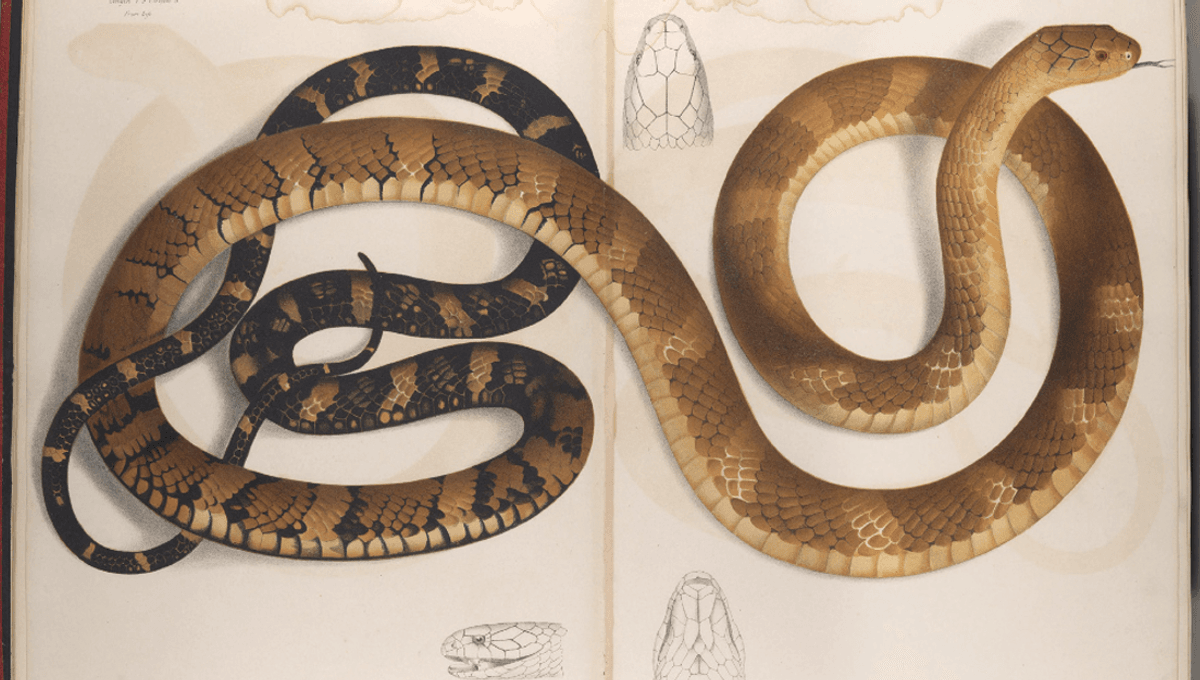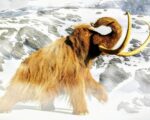A groundbreaking study has revealed that the king cobra, long believed to be a single species, is actually composed of four distinct species. This discovery, which resolves a longstanding mystery in the field of herpetology, has been over 188 years in the making. For nearly two centuries, the king cobra was classified as Ophiophagus hannah, one of the world’s most famous venomous snakes. However, recent advancements in genetic and physical analysis have challenged this assumption, significantly altering our understanding of this iconic reptile.
The revelation came after scientists noticed variations in physical characteristics such as color patterns and size in king cobra populations across different regions. These discrepancies prompted further investigations into whether there were multiple species masquerading under the same name. In 2021, genetic research provided the first clues, revealing distinct genetic lineages within king cobra populations. This study, which combined genetic evidence with analysis of museum specimens, led by Gowri Shankar Pogiri, further solidified the case for separate species.
The research culminated in the identification of four distinct species of king cobra. These are the Northern king cobra (Ophiophagus hannah), the Sunda king cobra (Ophiophagus bungarus), the Western Ghats king cobra (Ophiophagus kaalinga), and the Luzon king cobra (Ophiophagus salvatana). Each species is native to specific geographic regions, contributing to their physical and genetic differences. The Northern king cobra, for example, is found across northern India, Myanmar, and Indochina, while the Sunda species is located in Southeast Asia, primarily in the Malay Peninsula and nearby islands.
These findings not only provide clarity to a long-standing mystery but also have significant implications for conservation and the study of venomous reptiles. Understanding that the king cobra is not a monolithic species will help researchers better protect these snakes, whose habitats are increasingly threatened. As the world’s longest venomous snake, the king cobra plays a crucial ecological role, and now, with the recognition of its four distinct species, efforts can be more targeted and effective in ensuring their survival.











